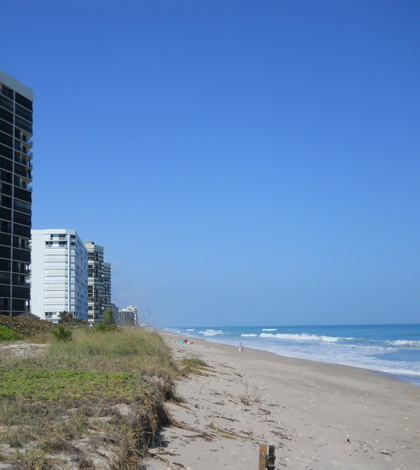Storm Surge, High Precipitation Tied To U.S. Coastal Flooding Vulnerability

(Credit: Stephen B Calvert Clariosophic/CC BY-SA 3.0)
High rainfall, storm surge and global sea level rise have all combined to make U.S. coastal cities vulnerable to flooding, according to a recent press release from the University of South Florida. The result of an increase in the three factors has been “compound flooding,” an interplay of precipitation and drainage factors which causes devastating flood conditions in coastal areas.
Using data reaching back 65 years or more on 30 U.S. cities near the Atlantic and Pacific Oceans, including 17 coastal cities not previously assessed for compound flooding factors, scientists were able to determine that storm surge and precipitation were the two factors that, when taken together, would either lead to or worsen coastal flooding events.
Both significant storm surge, where water rises caused by a storm are above the expected astronomical tide, and high precipitation were factors that led to significant flooding. High levels of each factor did not necessarily occur together, however. For example, Hurricane Sandy’s damage in 2012 could have been much worse if accompanied by high rainfall, researchers noted.
Top image: (Credit: Stephen B Calvert Clariosophic/CC BY-SA 3.0)




0 comments